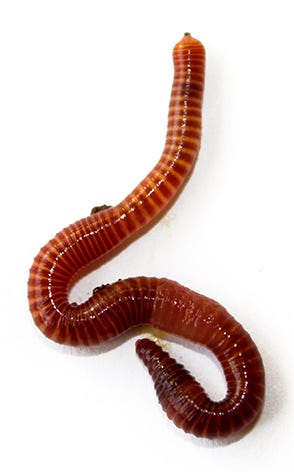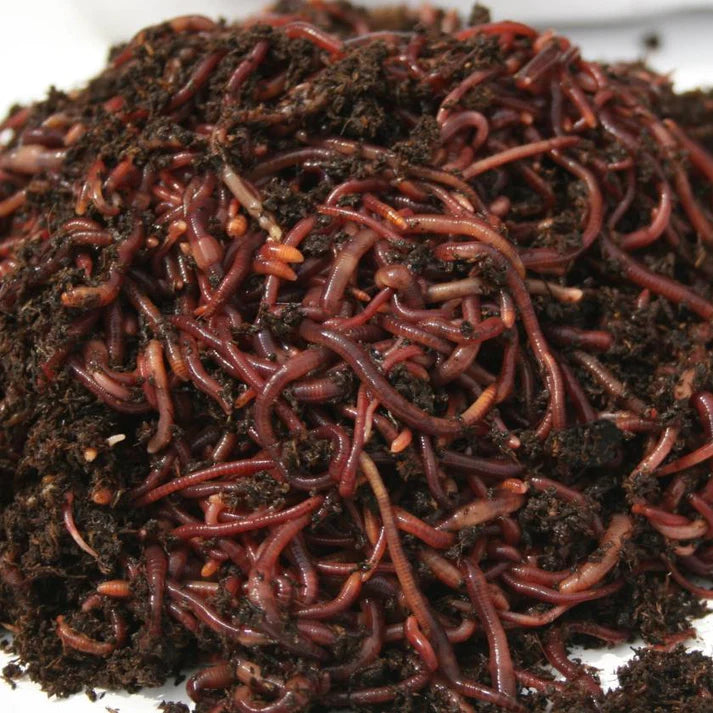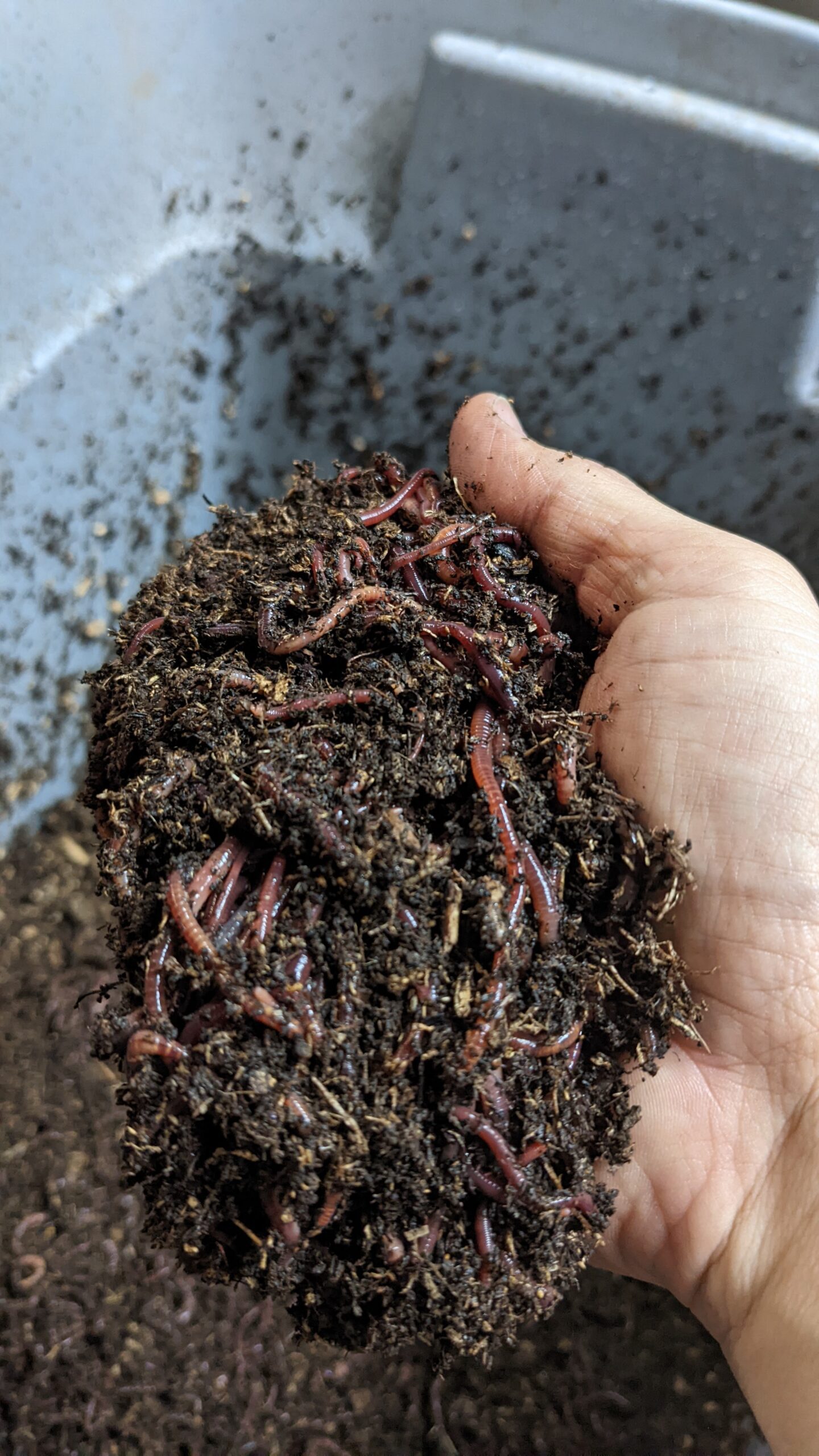About Red Wiggler Express
The Ultimate Guide To Red Wiggler Express
Table of ContentsEverything about Red Wiggler ExpressThe Definitive Guide to Red Wiggler ExpressOur Red Wiggler Express IdeasRed Wiggler Express Can Be Fun For AnyoneAn Unbiased View of Red Wiggler Express
Some worm farmers in fact withhold food and water to mimic drought problems and bump up cocoon manufacturing. We don't recommend this for the home composter as it has the possible to exterminate a lot of of your best worms. Since you recognize everything about the red worm it's time to go out and find a great vendor and get an extra pound or 2 and start your very own worm farm.We'll talk concerning how to preserve red wigglers and why they must be the go-to worm for the majority of composters. Fun fact: The "fetid" component of the binomial name refers to what some claim is a fetid secretion the red wiggler utilizes to fend off killers. The makeup of a red wiggler appears like that of other typical earthworms; a long-segmented body starts at the pointed head and ends at a slightly-flatted tail.
How Red Wiggler Express can Save You Time, Stress, and Money.
The digestive system is simple, starting at the mouth where the worm starts to consume its food before passing it on to the pharynx. The pharynx is a muscle section which acts like a pump to pull food right into the mouth prior to pumping it out into the esophagus. The esophagus is narrow and thin-walled and serves as the "waiting area" for the gizzard.
Note: This need for grinding is why grit is recommended in a worm bin. The worm features no native grinding capability so the worm depends on consumed grit to aid grind its food in the gizzard. The belly is where the initial chemical malfunction of food occurs with the aid of a protein-busting enzyme.

Within 42 days, these baby worms will get to sexual maturity as evidenced by the emergence of the clitellum. A fully grown red wiggler can be anticipated to live in between one to 3 years. The magnificent red wiggler may sometimes be utilized as a bait worm for smaller fish or as a healthy protein source for poultries and reptiles.
The Best Strategy To Use For Red Wiggler Express
And as discussed above, they are the most usual composting worm in the world. However why? Well there's most likely not just one factor. Rather, a combination of price, hardiness, and convenience in a large range of temperatures makes it the most ideal composting worm for the majority of new vermicomposters. Red wigglers and their cocoons can endure in a large range of problems.
This is a common method among worm carriers that don't wish to run the risk of having the worms rest in a warm or cool storage facility over the weekend. Worm cultivators are not storing worms in a scenario where they prepare to ship. The worms should be harvested from their habitat initially, so cultivators will certainly typically establish a Friday or Saturday deadline in order to harvest in time for a Monday delivery.
To conserve on shipping price, you might desire to see if there are any kind of nearby "Mother and Pop" stores with a Google search (Red Wigglers For Bait).
I call these the "Large 3" variables of worm container upkeep. If you keep all 3 within suitable varieties, then there's not * that * much that can go wrong with your bin. As pointed out previously, red wigglers have a large temperature level tolerance. For finest results, keep a temperature of 55F-90F. Brief separations out of that temperature level variety are fine.
The Only Guide to Red Wiggler Express

For ideal outcomes, you intend to strive regarding 60-70% moisture degree. The simplest examination for this is to squeeze a handful as hard as you can. At the best wetness degrees which is just under 70% that handful should hardly yield one decline of liquid. pH in a worm bin is pretty very easy to maintain.


The European Nightcrawler, the larger cousin of the red wiggler, is equally as starved and additionally produces a great bait worm. However it favors a bit of a cooler environment than the red wiggler. The African Nightcrawler is a really huge composting worm and makes a stunning, granular cast.
The Indian Blue is voracious, but likewise prefers a warmer climate and it also displays a propensity to run away the container. The red wiggler is a sturdy worm and isn't as particular concerning its environment. I like to call it the Ford Taurus of vermicomposting worms; you won't brag to your hardcore composting buddies that you possess them, yet they will serve you well.
Red Wiggler Express Things To Know Before You Buy
Surefire to life 1/2 pound of hand sorted Red Wigglers/Compost with worms (+500 worms) in different stages of life from cocoons to grow worms in their natural environment/bedding. Hand arranged worms lowered the disruption of the worms thus guaranteeing real-time shipment. Red wiggler worms do not like resonances or light.